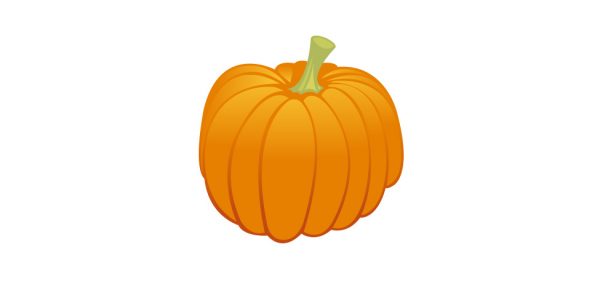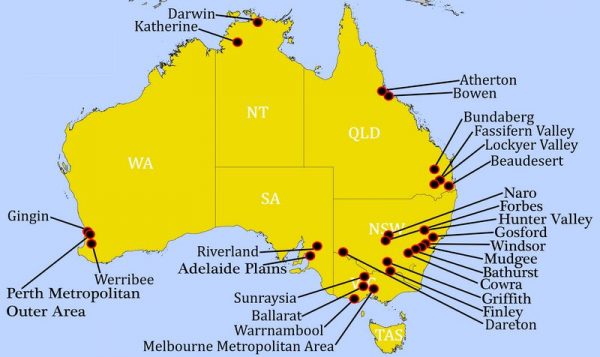Pumpkin Picking / Packing


Pumpkins are trailing vegetable plants that require space enough to crawl and grow. They belong to the family of Cucurbitaceous, the same as squash, zucchini, gourd and cucumber. If you tend to grow them with other vegetables, it is best to have them at the far ends of your plot in order to allow them to grow away from the other vegetables instead of crowding them. Pumpkins should be planted at least 90 to 120 cm apart to give enough room and they are normally ready for harvest within15 to 20 weeks after planting. Pumpkins are very compatible to grow with corns but avoid planting them along with potatoes.
Like any other vegetable, pumpkins have diverse variety that includes, Golden Nugget, which is perfect for backyard or very small gardens. Atlantic Giant, on the other hand, is very popular for gardeners who wish to bring their produce to contests because of their enormous sizes. Australian pumpkins such as Beau desert Blue, Queensland Blue and Jarrahdale are just few of the common varieties present in the regional areas of Australia. Turk’s Turban pumpkin is known for its exotic appearance but lack flavor that might have complimented its looks. Jap pumpkins are well established in the tropical north and Butternuts can be found almost everywhere.
The most common and normal soil temperature to plant pumpkins is between 20 to 30 degree Celsius as this will allow the seedlings to fully germinate and grow. Pumpkins are shallow rooted crops that is why it is very important to water them regularly or as often as possible. The garden or soil temperature can greatly affect the physical formation of the pumpkin fruit and any humidity that exceeds 30 degree Celsius will affect the crop. Leaf – eating insects can also post a threat to the crop that is why it is very important to visit the garden and manually remove these insects from the leaves. Unlike the leaf-eating ladybirds, mildew – eating ladybirds are a great help when it comes to removing mildew from pumpkin leaves.
Pumpkins do not thrive in frost and they need a long season of growing. Harvesting is easy once they are ripe. You know when a pumpkin is ripe when they turn deep orange in color for most varieties and resists puncture when pressed. A hollow sound can also be an indication that a pumpkin is ripe and ready for picking. Harvesting a pumpkin requires you to cut through the stem and avoid cutting near the fruit. Leaving at least 3 to 4 inches of the stem will give you more chance of keeping it fresh for a longer period of time. Use a sharp knife when cutting and avoid tearing the fruit from its stem. Pumpkins should be dried and exposed to the sun for at least a week in order to harden the skin.
Pumpkins are either used for cooking or carving and their varieties that best suits the purpose can be an “Autumn Gold” for carving and decorating, “Jack Be Little” for your holiday menus and the “Atlantic Giant” for record growers.






































